Earlier this month, 2,800 people attended the inaugural Architecture and Design Film Festival in New York City. This event, the first of its kind in the US, presented 41 films over four days. The films were grouped by theme into 90-minute programs and supplemented with panel discussions. New Yorker critic Paul Goldberger had high praise for the event: "Now that the Architecture and Design Film Festival has come into being, none of us in the architecture and design community can imagine how we ever did without it. It went from being a new idea to becoming an essential event in the annual calendar. I can't wait to see what is on tap for next year."
AAO spoke with Founder and Festival Director Kyle Bergman about the festival's success.
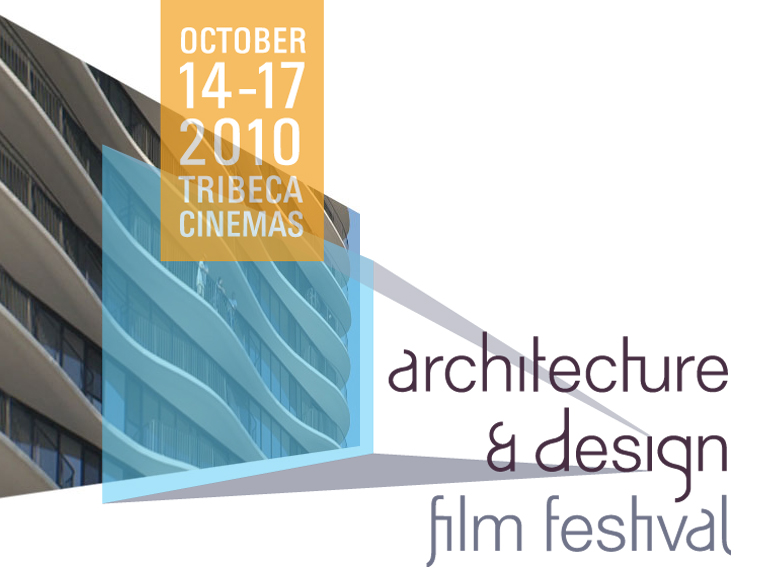
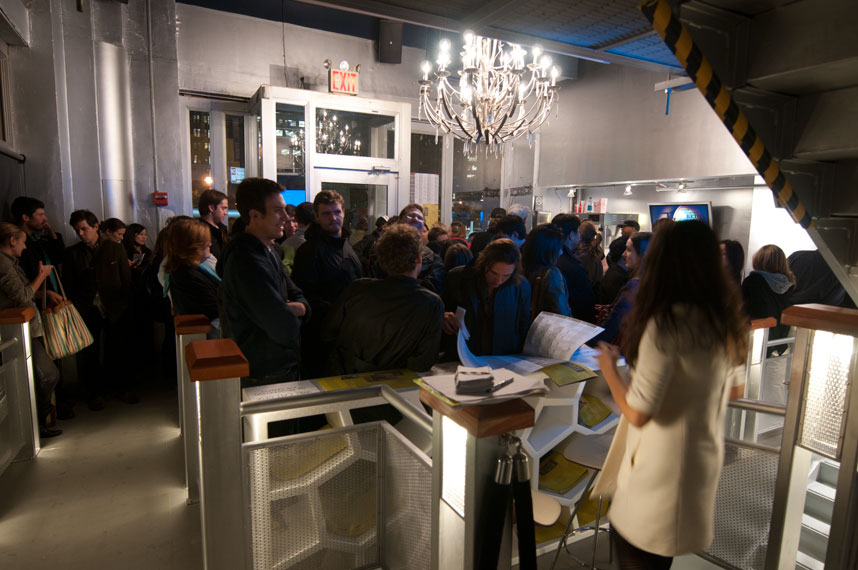
Katherine Stalker, AAO: What do you think contributed to the success of the festival?
Kyle Bergman, ADFF: I think the there is a big appetite from both from the professional design community as well as the design consumers. The festival creates a place where these two worlds to can come together. Much of the excitement takes place in-between films in the lounge where people can discuss what they saw or heard at one of the panel discussions. Another reason for the success is there are many good films being made around the world talking about the creative spirit of architecture. We showed films from 11 different countries. Also we had many of the film makers or people in the films at the festival involved with Q&A’s or one of the five panel discussions. An added benefit is that there were AIA continuing credits available for many of the programs.
KS: Do you have any comments on the power of this media to communicate about architecture?
KB: There is no better way to see architecture then by personally visiting the buildings and experiencing them as they were designed to be seen. However, if visiting the building isn’t possible then film is the best media to show architecture. Historically, models and drawings were the tools used to visually describe architecture and then photographs became the best medium. The move from still pictures to film is a tremendous leap forward. Film can capture the changing light; the movement of people and how that effects the way space is seen. It can show the narrative of the building in a way still pictures cannot show. Also, with film you often have the benefit of hearing the architect discuss the particular challenges and solutions that were part of the process – and that adds to the overall experience.
KS: What sort of feedback have you received?
KB: We have received so much great media attention and discussion about the festival. Much of the press can be found on our web site www.adfilmfest.com Since the festival there has been a continuous stream of enthusiasts' emails about what they saw and their intention to be there next fall.
KS: Do you plan to repeat this next year or any time in the future? Are there enough new films to make this an annual event?
KB: Yes we are already working to bring the current festival program to Chicago in the spring of 2011 and a new program for the fall of 2011 will open in NY. There is enough quality content for another festival to be programmed today for 2011 if needed.
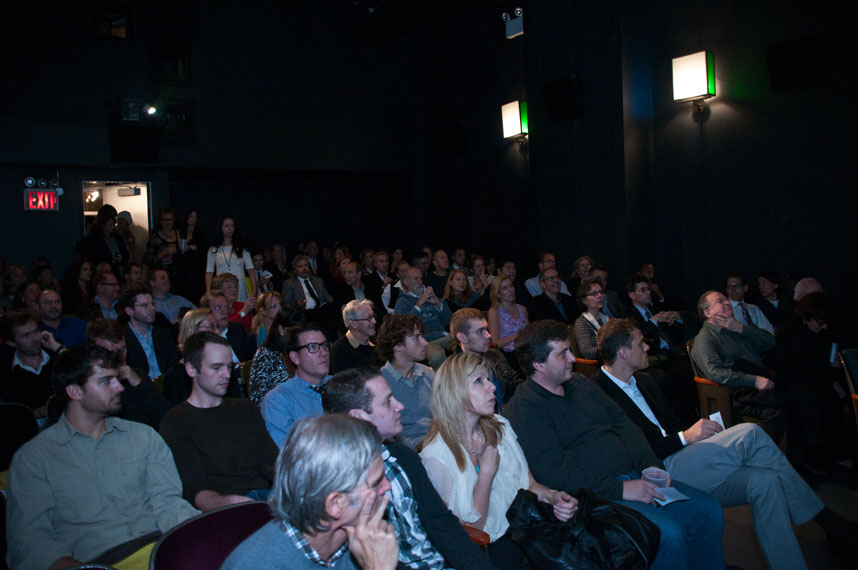
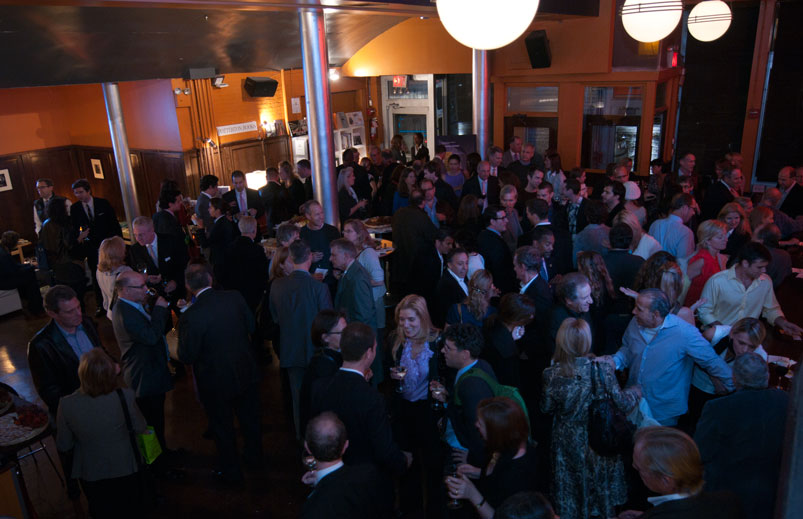
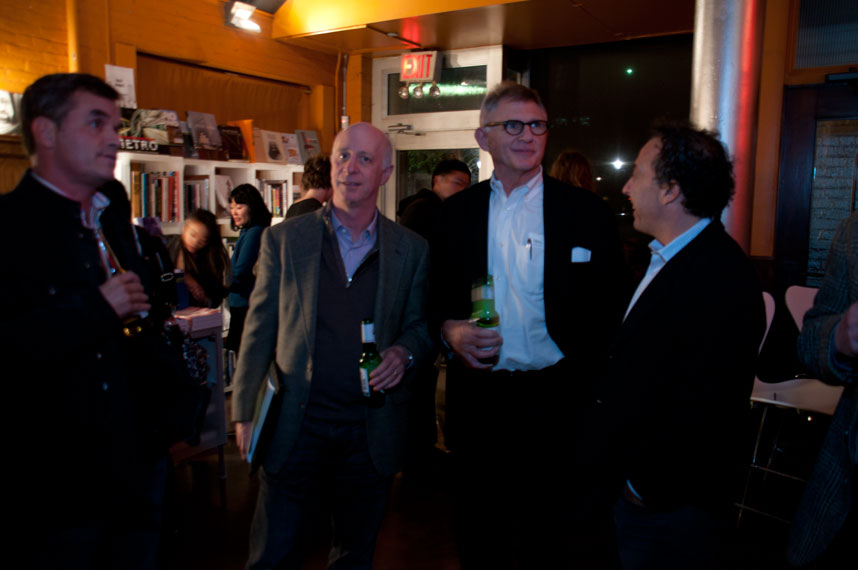 Paul Goldberger, Peter Rose, and Kyle Bergman
Paul Goldberger, Peter Rose, and Kyle Bergman
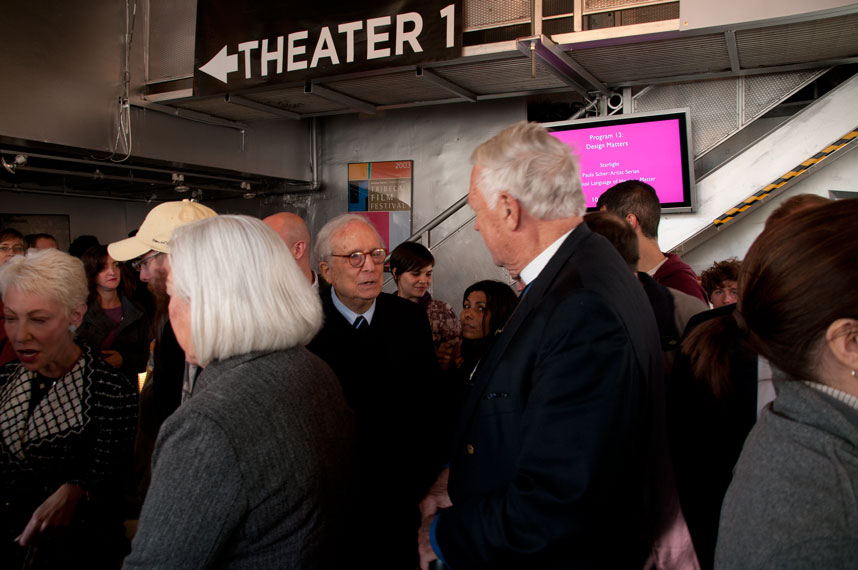
Robert Venturi and The Very Reverend James Parks Morton
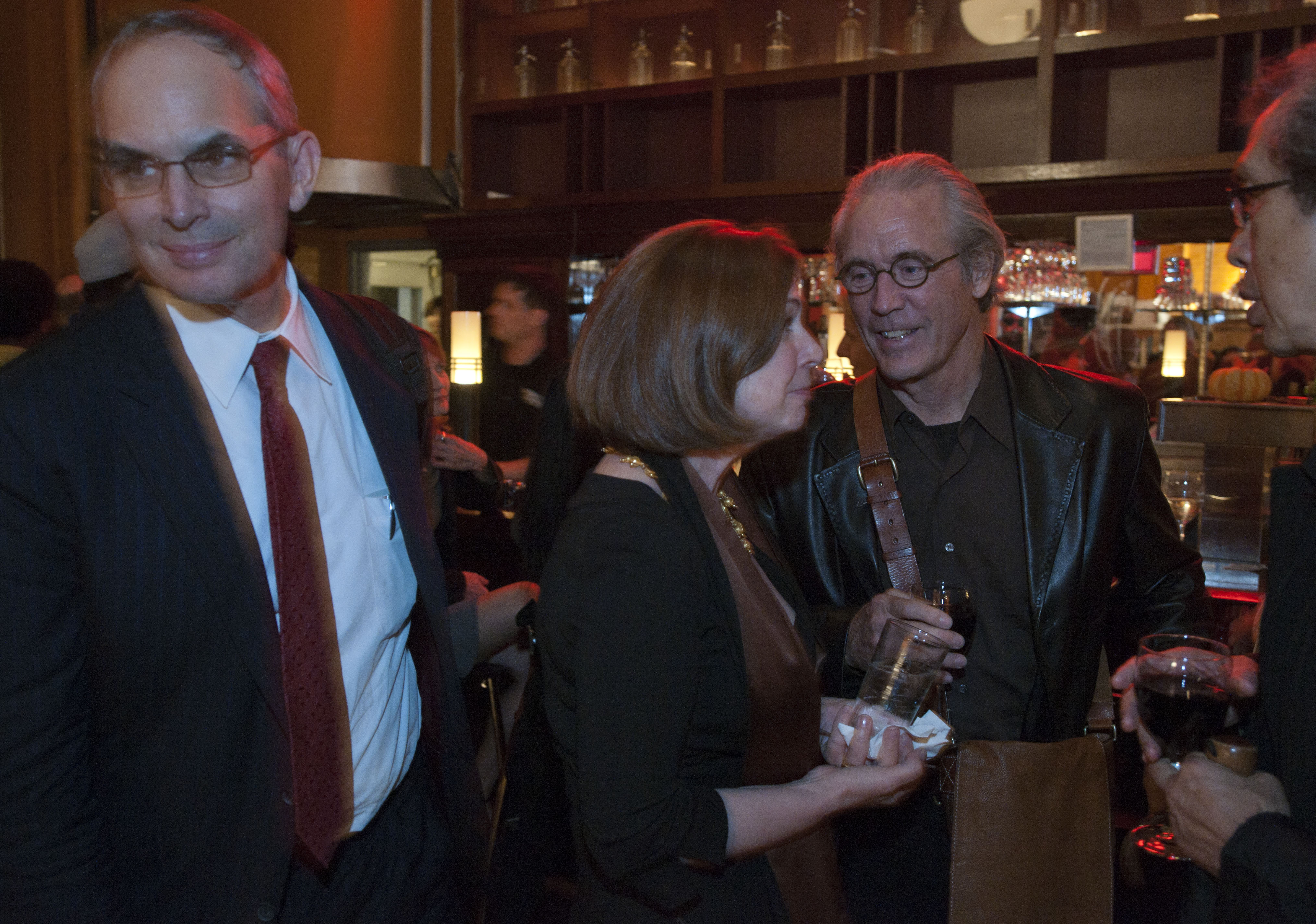
Bill Pedersen and Laura Cardello
